Reviewed by Jeffrey Sanzel
There’s an old joke (incorrectly credited to W.C. Fields):
“… And I spent a week in Philadelphia.”
“When?”
“Day before yesterday.”
Which brings us to Haunted Mansion.
The Haunted Mansion is one of Disney’s most famous and beloved dark rides. The Disneyland premiere (1969) was followed two years later by the Disney World/Magic Kingdom location.
Before its current resurrection, Disney produced the (mostly) critically drubbed Eddie Murphy vehicle The Haunted Mansion (2003). However, the film grossed over $100 million worldwide. Muppets Haunted Mansion (2021) appeared on Disney+. The Muppets’ first Halloween special ran a brisk fifty minutes and was warmly received.
Unlike the park ride, which lasts an entertaining eight minutes, the current film’s interminable two hours offers little but some strong performances trapped like the spirits in the Haunted Mansion. Katie Dippold (Parks and Recreation, The Heat, and the 2016 Ghostbusters) cobbled a mess of sitcom, slapstick, and reflection on grief. Justin Simien (director of the brilliant Dear White People) fails to elevate the movie, which arrives as dead as the house’s occupants. (When Disney first announced a reboot, Guillermo del Toro was attached to the project but exited in 2013. One wonders what the gifted del Toro would have done with this mainstream project.)
Haunted Mansion is set in New Orleans, “the Most Haunted City in America.” In a short prologue, astrophysicist Ben Matthias (a truly grounded and likable LaKeith Stanfield) meets Alyssa (brief but likable Charity Jordan), a ghost tour guide. While he questions her belief in the supernatural, he falls in love with and marries her. After she dies in a car accident, he gives up his scientific work and takes over her ghost tour.

Fast forward to New York doctor Gabbie (strong but underserved Rosario Dawson) and her nine-year-old son, Travis (a sensitive and mature Chase W. Dillon), moving into Gracey Manor to turn it into a bed and breakfast. As they enter the house, they realize they are not alone.
A goofy priest, Father Kent (Owen Wilson doing a nice job as Owen Wilson), recruits Ben to photograph the ghosts with the camera he had developed to shoot dark matter. The skeptical Ben agrees to the proffered ten thousand dollars. When he leaves the mansion, he realizes the ghost of a mariner has followed him. And this is the crux of the story: anyone who enters the house takes the spirits with them. “Ghosts are like bedbugs: they latch on.” A charming image.
Psychic Harriet (always enjoyable Tiffany Haddish) and college historian Professor Bruce Davis (Danny DeVito, both benign and manic) join the quartet. The “dream team,” as Kent labels them, discovers the house’s history and that the inhabitants want their help to be free (though this gets a bit muddled in the end … and the middle … and part of the beginning).
They learn from the crystal ball-trapped Madame Leota (Jamie Lee Curtis—remember her?—she just won an Academy Award) that William Gracey bought the mansion and engaged Leota to contact his dead wife. However, an evil entity tricked Gracey into taking his own life. The malignant force is Alistair Crumb, also known as the Hatbox Ghost (voiced for some reason by Jared Leto). There is talk of the 999 spirits and the need for a willing victim to make one thousand allowing Crump to escape the mansion. (Something like that.) The “climax” is the two worlds—the spectral and the real—colliding.
The movie suggests ghost movies of earlier eras: Bob Hope’s 1932 comedy The Ghost Breakers and William Castle’s creepy 13 Ghosts (1960) come to mind. But Haunted Mansion manages to be simultaneously fluff and leaden. (This calls to mind the old brain teaser: Which is heavier—a ton of feathers or a ton of cement? Answer: One hundred and nineteen minutes of Haunted Mansion.)
The effects replicate the Disney attraction. The low-tech feel serves the commercial advertisement but just makes the movie look cheap. The requisite cobwebs drape the dwelling, and the well-known Haunted Mansion denizens appear (the Bride, the Hitchhikers, etc.). Occasionally, the film nods towards introspection: Harriet speaks of “ghost winks”—messages of hope and comfort from people who have passed on. This heartening concept wandered in from another film.
But too often, the film relies on forced, clumsy humor. Punchlines include a joke about a Yankee Candle and an uncancelled Amazon subscription, a pen and pad purchased at CVS, and sage bought at Costco. Characters snore, and chairs fly down steps, dumping the occupants in mud. Hilarity reigns.
The cast does its best, with Stanfield and Dillon as standouts. A sprinkling of cameos—Marilu Henner as a tourist, Winona Ryder (uncredited, but very funny) as a tour guide, and Daniel Levy as her husband—are fun but do little more than distract for a moment.
Ultimately, Haunted Mansion is a ride not worth taking. Rated PG-13, the film is now playing in local theaters.

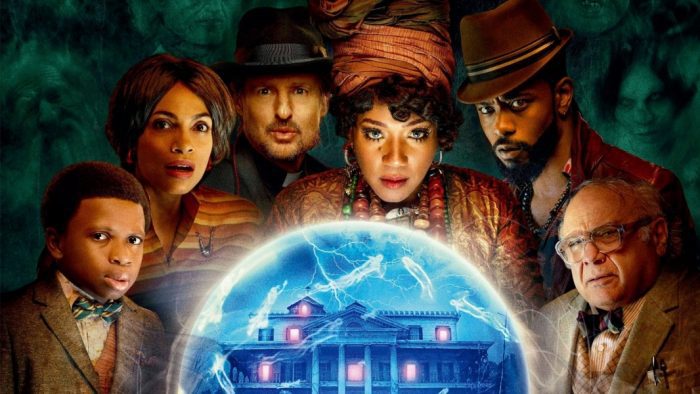

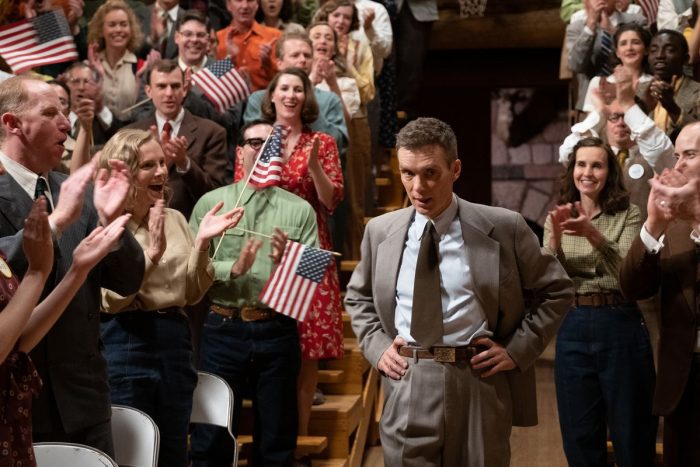
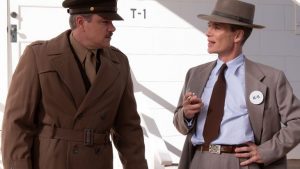
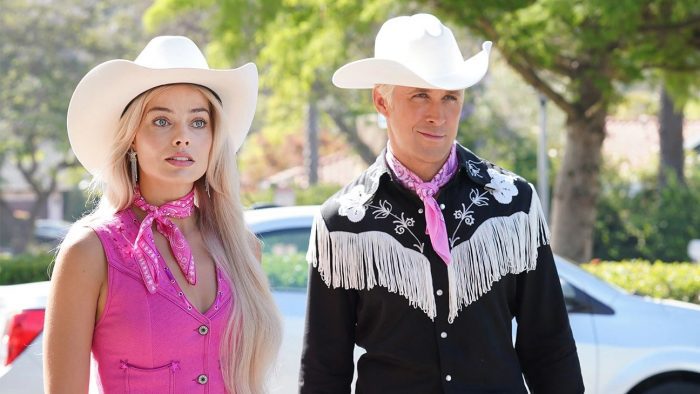

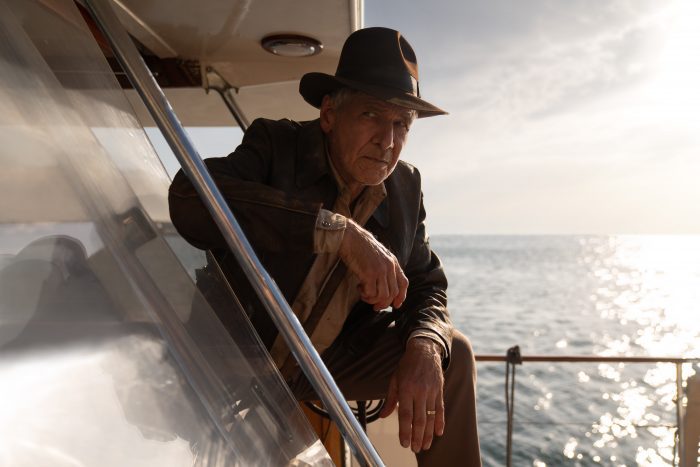



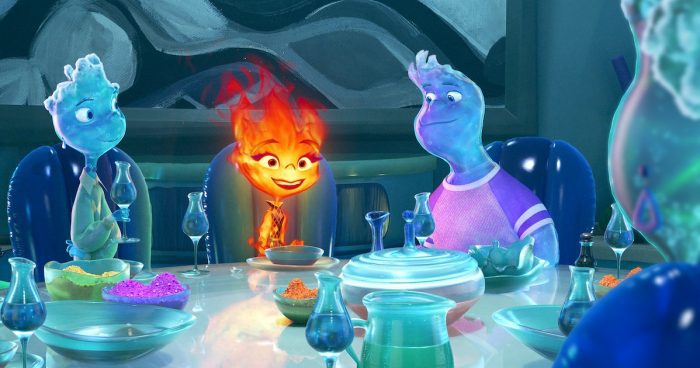


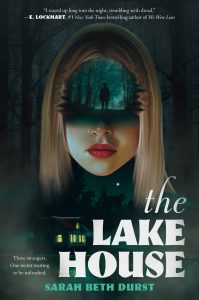 Insightfully—and with no malice—Mariana evaluates Reyva: “My guess: your parents have opinions on what you’re allowed to feel, as well as what you do, and so you respond by controlling what you show the world. Do you want us to think nothing phases you? Fact is, you care a lot, and you’re terrified that someone will realize it and use it against you. Like, you know, I’m doing right now.”
Insightfully—and with no malice—Mariana evaluates Reyva: “My guess: your parents have opinions on what you’re allowed to feel, as well as what you do, and so you respond by controlling what you show the world. Do you want us to think nothing phases you? Fact is, you care a lot, and you’re terrified that someone will realize it and use it against you. Like, you know, I’m doing right now.”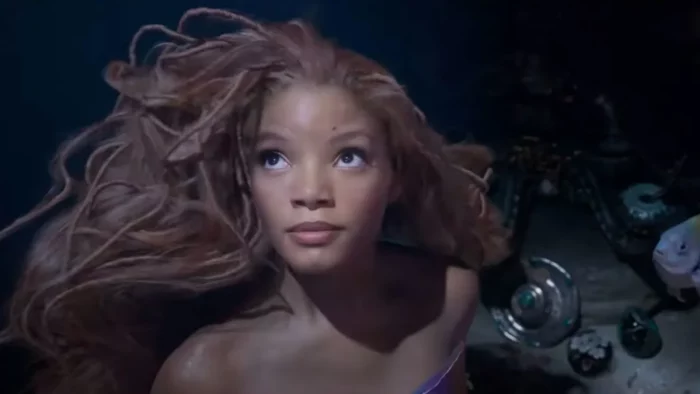
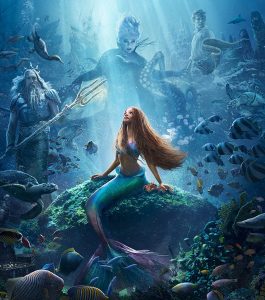 The 2008 Broadway musical, with a book by Douglas Wright, limped through a year-and-a-half run but found more success in regional, community, and school productions. In 2019, The Wonderful World of Disney broadcast The Little Mermaid Live, an interesting hybrid, where the film was projected and interwoven with live musical performances.
The 2008 Broadway musical, with a book by Douglas Wright, limped through a year-and-a-half run but found more success in regional, community, and school productions. In 2019, The Wonderful World of Disney broadcast The Little Mermaid Live, an interesting hybrid, where the film was projected and interwoven with live musical performances.





